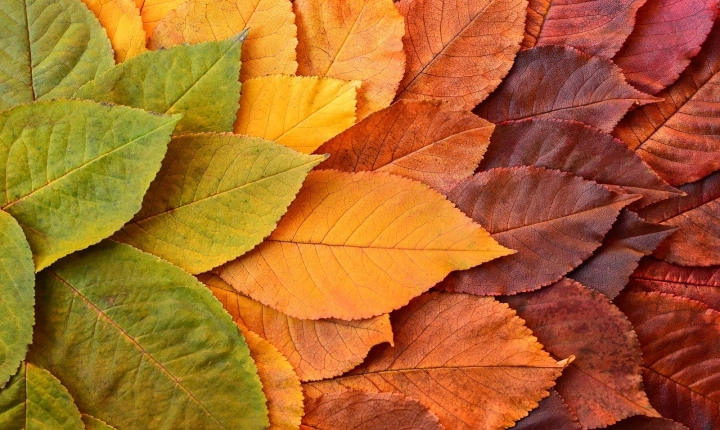Is AI Art Actually Art?
With the rapid advancement of technology, the question of whether AI-generated art can be considered true art has become a highly debated topic. Artificial Intelligence (AI) has become increasingly sophisticated, with the ability to create stunning visuals, music, and even literature. However, many traditional artists and art enthusiasts are skeptical about whether AI art can be put on the same pedestal as human-created art.
One of the biggest arguments against AI art is the idea that true art should be a reflection of the human experience. It’s commonly believed that art is a deeply personal and emotional expression of the artist, drawing from their unique perspectives and experiences. AI, on the other hand, lacks the human touch and the emotional depth that is often associated with traditional art. Critics argue that AI-generated art lacks soul and meaning, as it is merely the result of algorithms and data processing.
Furthermore, some argue that AI art lacks originality and creativity. The algorithms used to create AI art are based on existing data and patterns, which could be seen as unoriginal and derivative. Traditional artists often spend years honing their skills and developing their unique style, while AI art is produced by machines following predefined rules and parameters.
On the other hand, proponents of AI art argue that the definition of art is constantly evolving and expanding. They believe that AI has the potential to push the boundaries of creativity and challenge traditional notions of art. AI-generated art can create visuals and sounds that are beyond human imagination, blurring the lines between what is considered possible and impossible in the realm of art.
Additionally, AI art has the potential to democratize the art world. Traditional art has often been restricted to those with access to resources and formal training, while AI art can be created by anyone with access to the necessary technology. This opens up new opportunities for creativity and expression, allowing for a more diverse range of voices and perspectives to be heard.
There are also examples of AI art being celebrated and embraced by the art community. From AI-generated paintings being sold at auctions to AI-composed music being performed at renowned concert halls, it’s clear that there is a growing acceptance of AI art as a legitimate form of artistic expression.
Ultimately, the debate over whether AI art can be considered true art is likely to continue as technology continues to advance. While some may argue that AI art lacks the emotional depth and originality of traditional art, others see it as a new frontier of creativity and innovation. As AI continues to evolve, it will be interesting to see how it continues to influence and challenge our understanding of what constitutes art.
